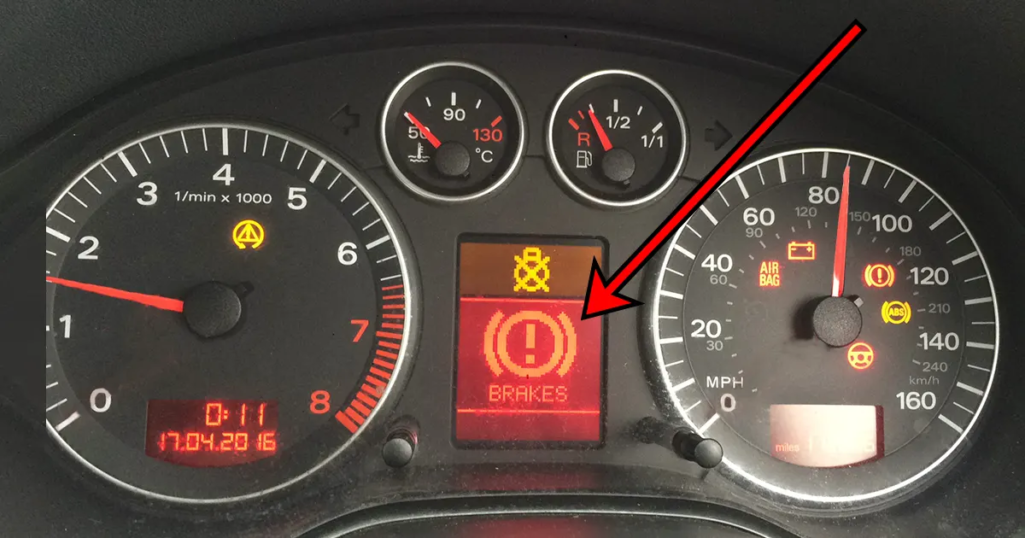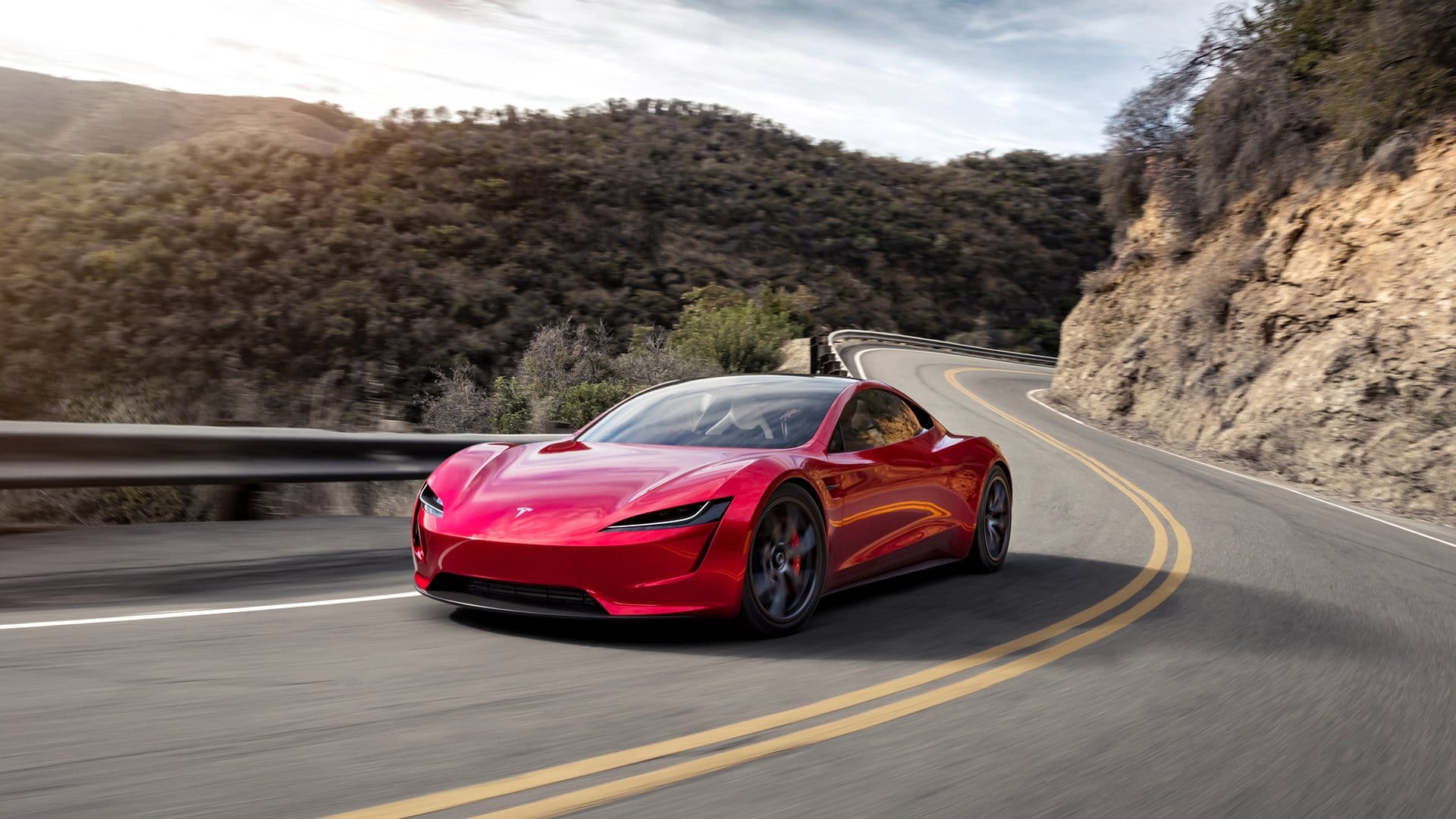
How can these brakes stop an F1 car from 200 mph down to 0 in less than 4 seconds? This tremendous deceleration can cause a driver’s head and helmet to weigh over 50 kg.
How are F1 vehicles able to stop so quickly?
Many characteristics of the F1 braking system set it apart from other types of vehicles. The amount of power required to make the brakes react is one of the most remarkable features.
So, what’s the deal with the F1 brakes?
Regulations state that all braking power must be generated only by the driver; hence, no electronic assistance is allowed in F1. The brake pedal is nearly like an on/off switch because it is rarely necessary to brake smoothly.
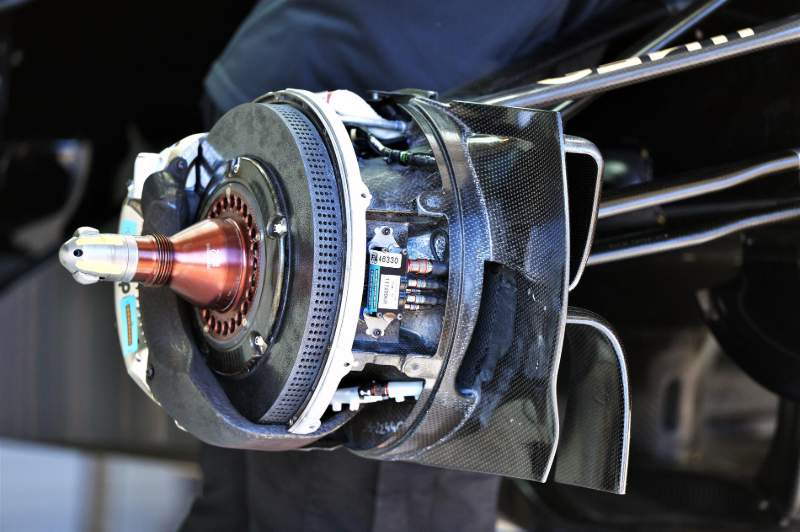
We’ll go into more depth about what these rules mean and why they’re essential in the sections that follow, as well as why drivers can benefit from greater brake control even with a firm brake pedal.
When young formula drivers first get behind the wheel of an F1 vehicle, they often remark on how spectacular the brakes are. The combination of aerodynamics, mechanics, and electronics is required to pull off this remarkable feat: stopping a 200 mph automobile in seconds.
High Performance
The F1 car has an enhanced braking system that incorporates discs, pads, calipers, and pedals connected by hoses and a master cylinder that controls the rear brake with a wire-to-wire control. Despite the tremendous deceleration available, the brakes are highly regulated to prevent them from delivering far more performance.
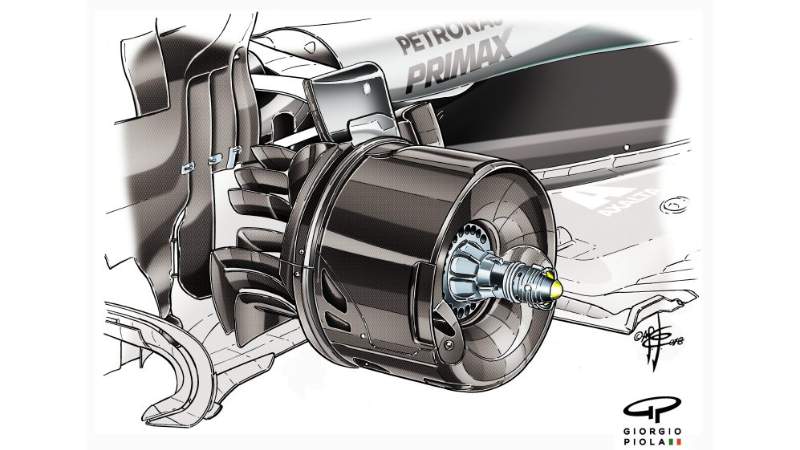
In just 2.09 seconds and around 122 meters, the driver will decrease from 210mph to 83mph as they approach the 13th lap of the Circuit Gilles Villeneuve de Montréal. Brakes alone are not enough to pull off this remarkable performance, so you’ll also have to have a lot of aerodynamic force and strong leg muscles to get the job done.
At the beginning of the braking process, when the aerodynamic force is at its greatest, the most effort is needed to fully use the braking capacity. F1 vehicles are motorsport’s most efficient deceleration vehicles because of their aerodynamic load, tires, and braking system.
Brake restrictions in Formula One cars
The regulatory body of Formula One, the FIA, sets many of the rules that drivers must follow. For the sake of fair play and minimal costs, the rules of the game have been established. The braking system is one of the most heavily regulated parts of cars.
No Electrical Support
Brake rules haven’t altered much in the past years; however, the restriction prohibiting motor assistance for the brake pedal is the most important consideration for this article to begin. Let’s examine what electric assistance means in the context of a typical road car and how you unconsciously use it daily.
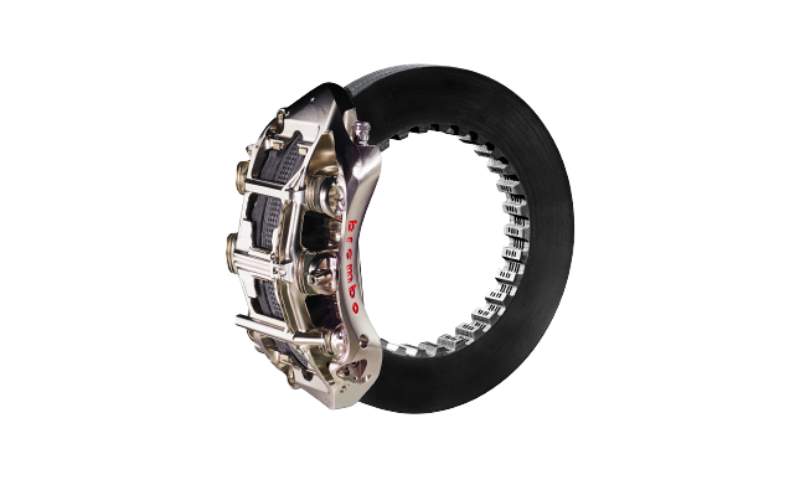
Assistive braking systems are now required on nearly all vehicles. Vacuum systems are the most prevalent, although there are various other options available. When the brake pedal is pushed, this system applies additional force to the brake cylinders by drawing in a vacuum provided by the engine or by an external pump.
Power from a vacuum
As a result, the driver is forced to exert less effort when driving, allowing him to apply more pressure to the brakes. The vacuum system’s effects are felt when the engine is off, and the brake pedal is pushed. After a few beats, you’ll hear the sound of the air being ejected as the space is filled in.
Hydraulic devices that increase the brake pedal pressure can also be used to aid with electronic brake assistance.
Decreased Effort
All of these systems benefit from drastically lowering the effort required by the driver, regardless of which one is chosen. There are similar technologies that are utilized in power steering, making it a lot easier for a driver to turn a car. In a road car, where components conservation and energy economy are critical considerations, this technology provides a smoother braking experience.
When it comes to Formula One vehicles, the International Automobile Federation specifies that no braking system can be designed to enhance the amount of pressure in the calipers over that which is generated by a driver applying pressure to the pedal. It’s illegal to use any of the methods outlined above. But does it matter that much?
Is electrically assisted braking necessary for F1 cars?
There is no requirement for electric power-assisted braking in Formula 1. F1 races are known for their high-speed driving but also for their quick stops.
Races are won on the turns because everyone can keep his foot on the acceleration pedal. Drivers’ reflexes are put to the test at the curves, where they must utilize their brakes precisely at the right moments to achieve the fastest possible speeds entering, passing through, and exiting the curves.

Races may be decided by the ability to make a tight turn. A good turn relies on the ability to brake effectively. Drivers want to brake as forcefully and as late as possible in order to reach their maximum speed before a bend before using the brakes.
Because drivers are skilled at using the brake pedal, they hardly ever use it softly and might thus treat it like an on/off switch, as stated at the beginning of this article. It takes a lot of effort for drivers to use the brakes as they approach the turn.
It’s not that hard
Just because it is difficult to press the brake pedal for the first time, it doesn’t indicate that drivers are continually unable to stop the car. Drivers rapidly adapt to the forces required to walk on the brake pedal, just like with any other skill.
Conclusion
Knowing that F1 brakes are that hard, the mission might not be easy for anybody, but with expert F1 racers, this task is easily accomplished. This amazing braking system that could stop a 200 mph fast car in just 4 seconds have many parts and details that need further explanation.
You could watch the following video by Drive61 that explains these parts in detail:

